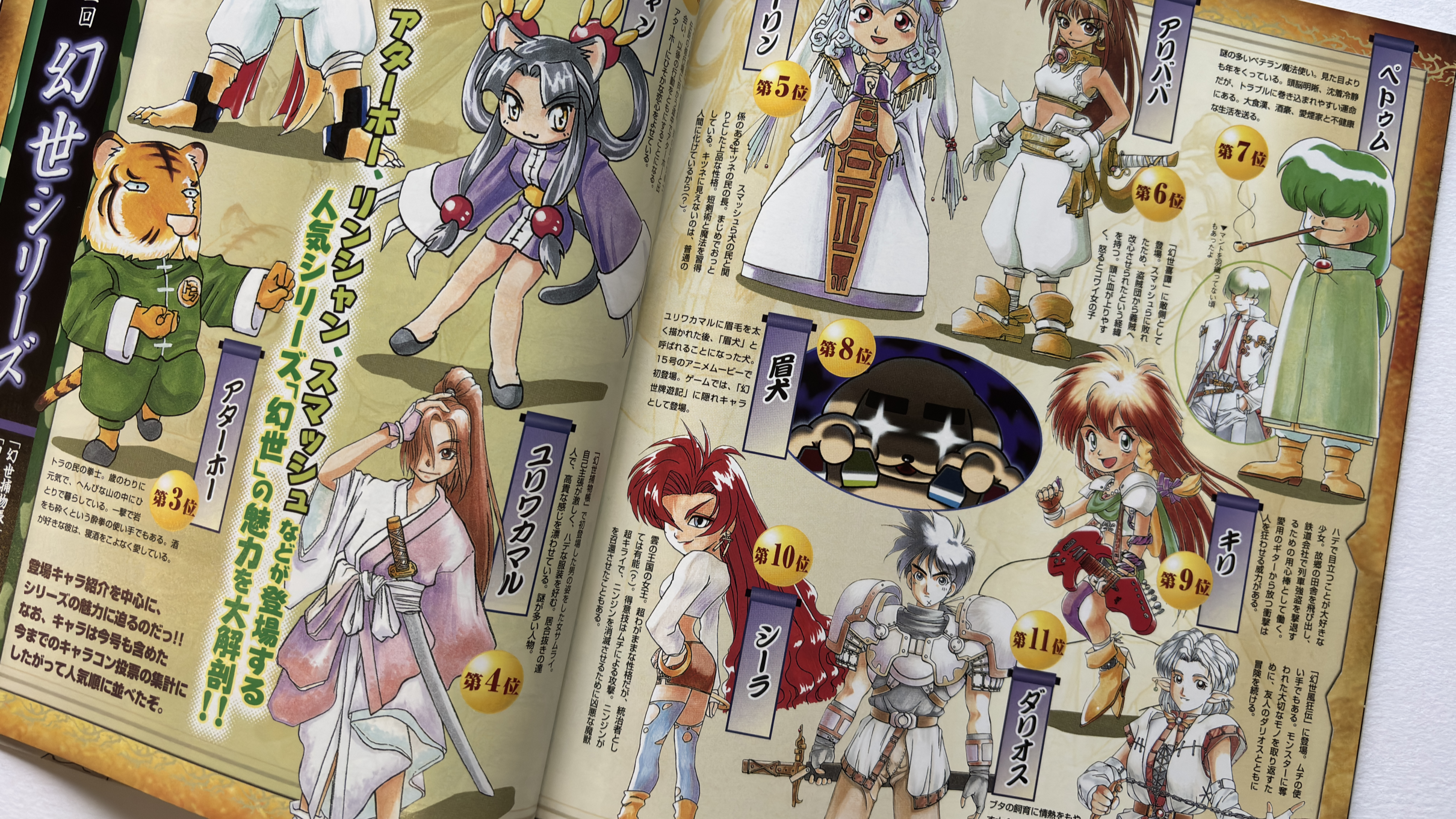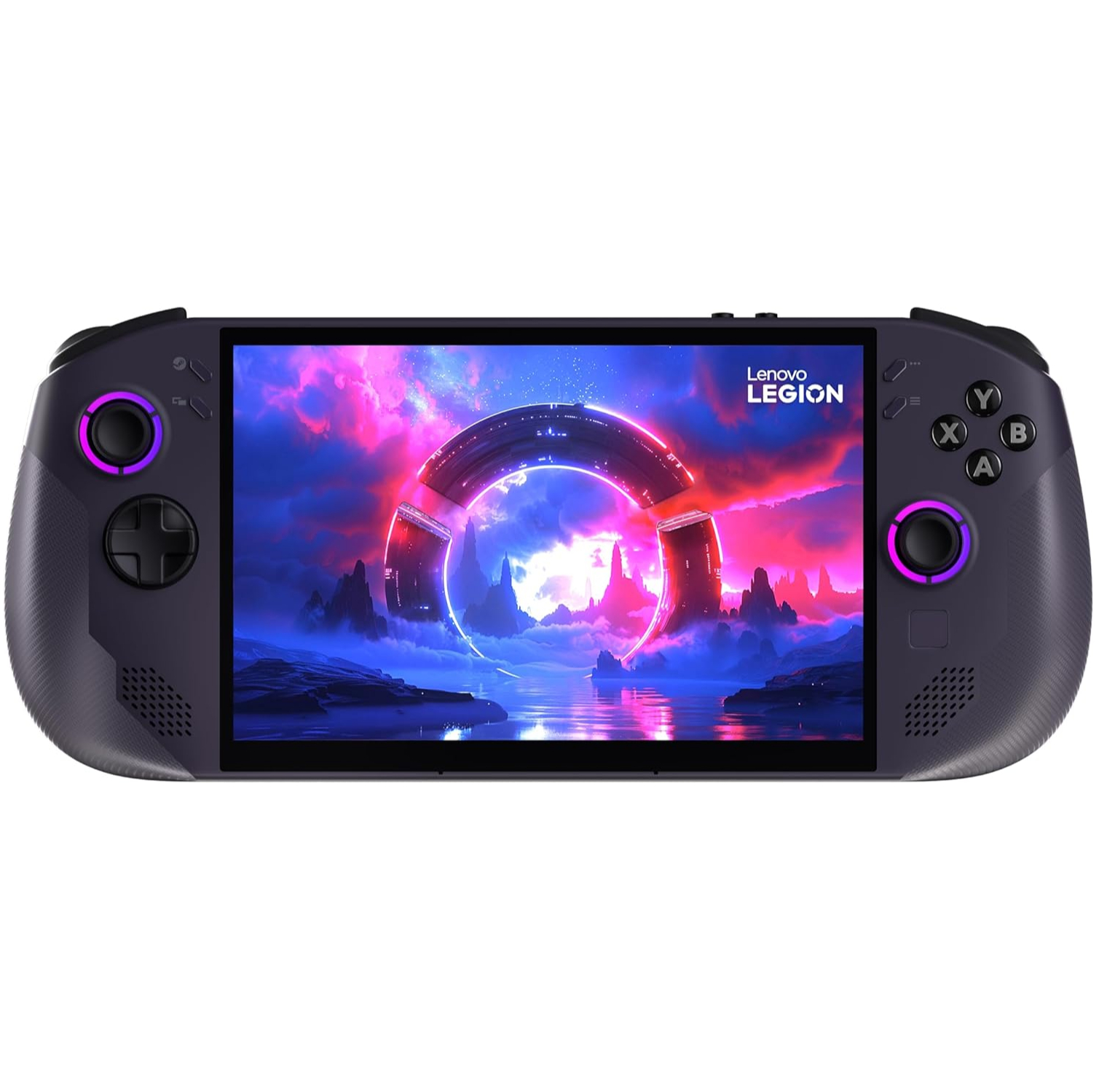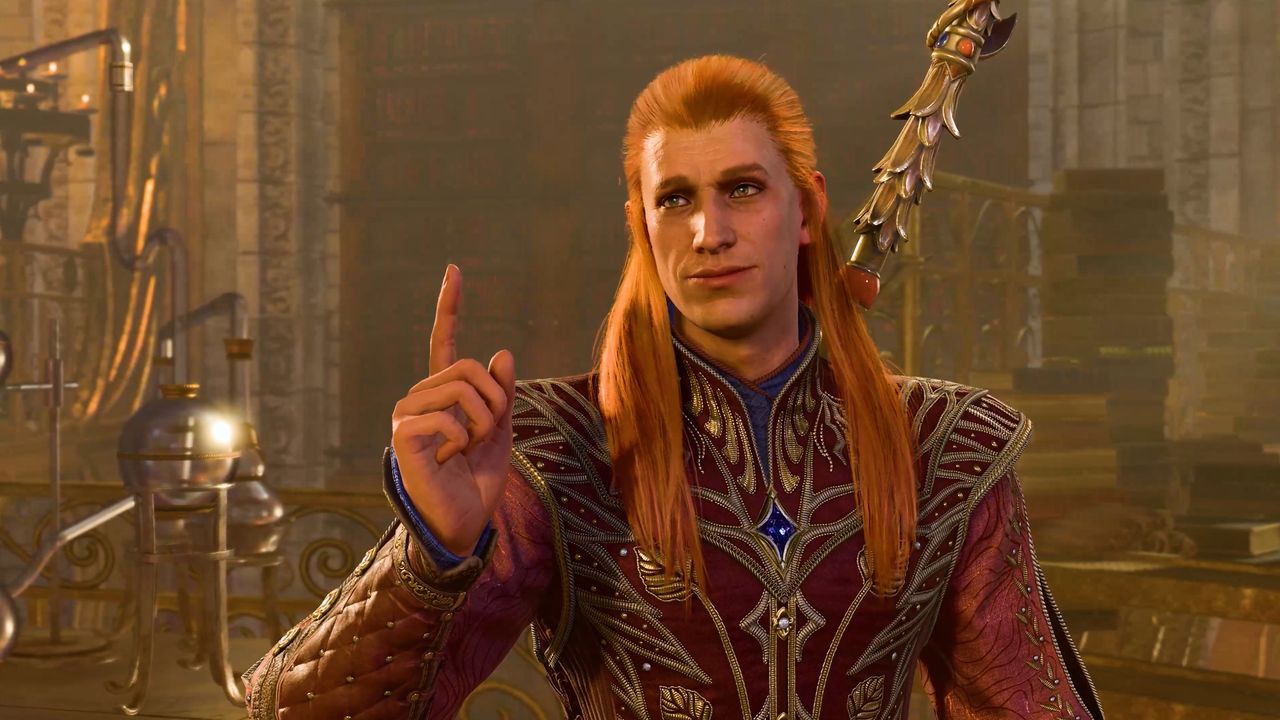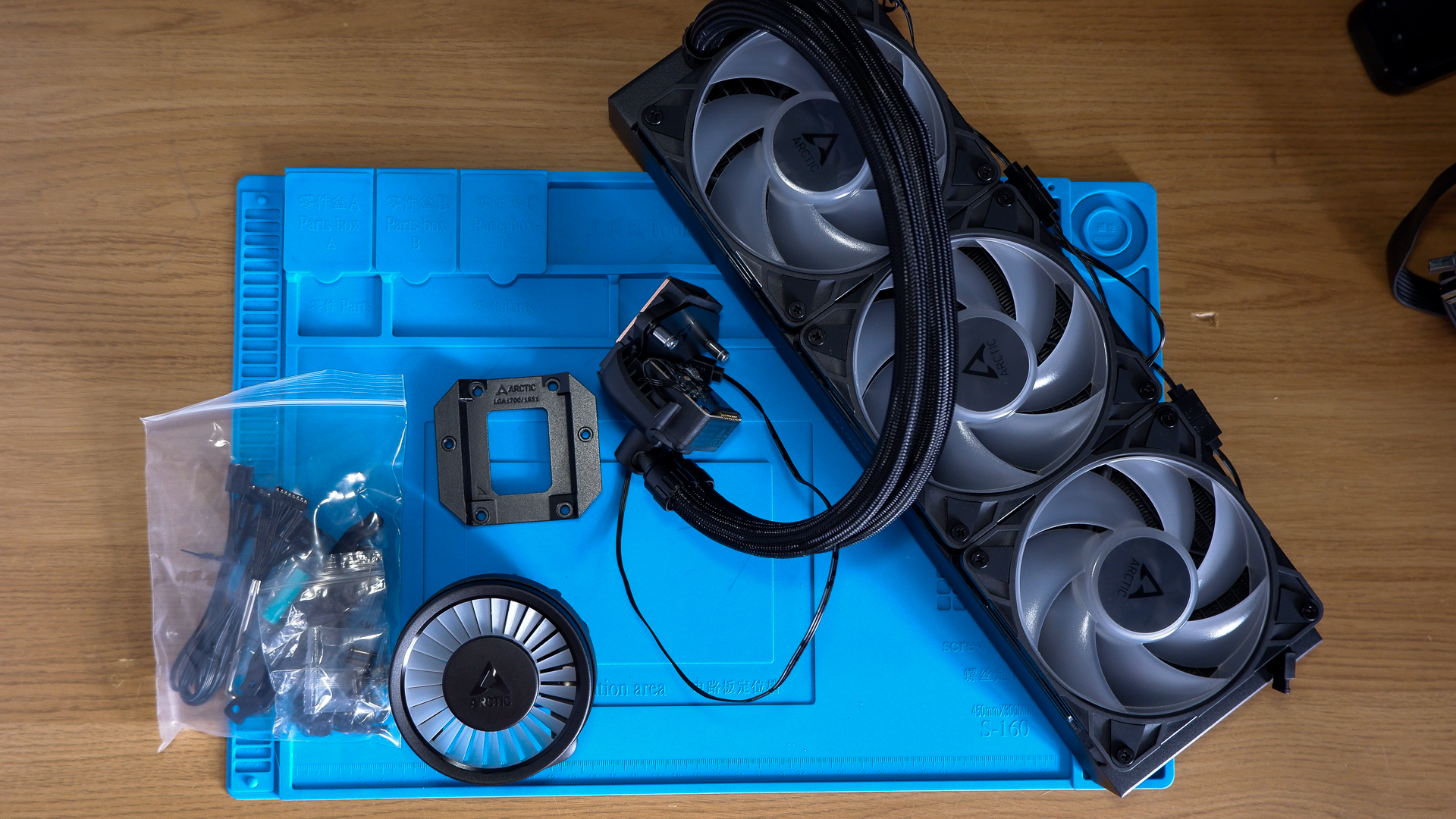It was another great year for boomer shooters, but can we call them something else now?

I love everything about boomer shooters except for the fact that a better name hasn’t managed to stick. I’ve taken to calling them “good FPS games with health packs and keycards” in protest, but naming conventions aside, this loosely related group of show-stopping shooters hasn’t let off the gas for years now, and there’s no indication of that stopping anytime soon.
While big live service releases like Redfall flopped and Destiny 2: Lightfall and Payday 3 floundered (relatively speaking) in 2023, retro FPS games were getting numbers up on the board all year. Colleague and dear friend Ted Litchfeld reviewed the deeply weird Hrot, a key-collecting romp through post-Soviet Czechoslovakia in May, while I purged heretics in Boltgun. Hrot’s discombobulating levels, off the wall humor, and tight, Quake 1-esque gunplay saw it eke out a 2% lead over the no-nonsense, shoot-demons-in-grimdark-corridors-to-blaring-industrial-music grimdark action of Boltgun. It was a fun editorial experience, too—I remember trading margins with Ted over key differences in design and theming, where Hrot wound up feeling more high-concept and inspired—but just barely. It rules that a licensed Warhammer game (remember, these games mostly suck) only just came up short against such an inspired contemporary.
I wasn’t grabbed by Turbo Overkill’s synthwave aesthetic (I remember making a conscious, rewarding decision to spend my limited free time playing Prodeus and listening to Nine Inch Nails) but a Steam review consensus of “Overwhelmingly Positive” is worth celebrating. Bored as I am with neon and synths, I still found myself enthralled with Beyond Sunset, an immersive sim-tinged cyberpunk shooter rendered in the open source GZDoom engine. It’s a bit of a victory lap for boomer shooters altogether, with an opening act that channels the energy of classic Doom 2 megastructure .wads.
Quite a few retro shooters have spent a couple years in early access getting better, Beyond Sunset included. Another way more my speed is Incision, a slag-strewn black and brown industrial hell caked thick with rust and blood. Incision’s fleshy, endoscopy-camera-with-a-crosshair vibes are stellar. It’s my go-to game when one of my friends who wears toques year round sends me a Bandcamp link. It’s definitely a little rough around the edges, and could really do with both a save feature and another round of balance passes, but what’s on offer here is easily the most visually striking one of these since Dusk.
And Dusk, speaking of, got a kickass new visual overhaul that drags it from 1997 to 2004, alongside a development kit with full Steam workshop integration. It’s a victory lap for one of the games that cemented this whole FPS movement as A Thing five years ago.
With one exception; “Slayers X: Terminal Aftermath: Vengance of the Slayer”, released in June, is disgusting. Repulsive even. Not in the gory, S&M way like some of the above, but in that it reminds me of my childhood, the suburbs, and all the stupid shit that I used to like in highschool. If you had a comfortable but ultimately unfulfilling upbringing, Slayers X will probably speak to some of that alienation through Zane, the 12th grade provoc-auteur trapped in the body of a 37-year-old. The autotuned nu-metal OST done entirely in pop-punk voice places Slayers X on the same pantheon as irony tinged hyperpop acts like 100gecs.
I think it says a lot about how this subgenre is coming into its own artistically that we’re starting to get weird, out-there shit like Slayers X, especially in contrast to the rote ’80s cyberpunk stuff that there seems to be no shortage of. This blossoming of themes and styles and dabbling with bits of other genres like immersive sims is why boomer shooter feels like such an insufficient moniker.
When I played Brutal Doom in 2014, it felt like the bleeding edge of FPS games, this raw counterculture energy to it, the hi-fi ultraviolence we craved, denied to us by suits in boardrooms peddling map packs. Full weight of hindsight, Brutal Doom was always tainted by reactionary elements, but I think it’s an important foundation for any discussion of the retro FPS space. There’s ample space here to revel in nostalgia, but what’s so compelling about these games, and I think why they’re continuing to see such continued success, is that they are a window into a parallel games industry.
A future where we never learned how to aim down sights, where modern hardware is put to proper use rendering twisted megastructures and legions of occupying demons/cyborgs/aliens, and where budgets are spent on finding noisy they/thems on Soundcloud or underground doom metal projects and commissioning them to make a soundtrack album.
It’s a future so bright that we need to wear shades.
Wrath: Aeon of Ruin is hitting 1.0 in February 2024, channeling authentic Quake 1 energy with some legacy engine tech. Wizordum was a late November 2023 early access release that’ll surely see updates all year, ditto for established rising star Viscerafest. Personally, I’m most excited for Mala Petaka, a GZDoom driven Mega Man X-esque romp (complete with roaring chiptunes) from Indonesian solo dev Sanditio Bayu.
2023 was a kick ass year for retro FPS games, but I’m looking forward to seeing where 2024 and beyond takes a subgenre that’s really coming into its own.




